Learning how to use a cash register is one of the most important skills for any new retail or hospitality employee. A smooth checkout experience not only leaves a great impression on customers but also boosts operational efficiency. Whether you’re working in a supermarket, convenience store, café, or boutique, this step-by-step guide will help you confidently master how to use a cash register—from powering it on to closing your shift.
Why It’s Important to Know How to Use a Cash Register
Understanding how to use a cash register enables you to:
- Process sales quickly and accurately
- Minimize pricing and payment errors
- Handle inventory and receipts with confidence
- Offer excellent customer service
- Support store operations and reporting
If you’re using a modern POS system like TCANG’s POS terminals, you’ll benefit from intuitive touchscreens, modular peripherals, and customizable interfaces—making it even easier to get started.
Step 1: Know the Main Components of a Cash Register
Before learning how to use a cash register, get familiar with its basic parts:
- Touchscreen or keypad: For item entry and menu navigation
- Barcode scanner: Speeds up product lookup
- Cash drawer: Secures cash and coins
- Receipt printer: Provides a printed record for the customer
- Customer-facing display: Ensures transaction transparency
- Card reader or NFC module: Accepts mobile and contactless payments
Tip: Modern systems like TCANG’s Android POS devices often combine these functions into one streamlined unit.
Step 2: Start of Day – Power On and Log In
At the beginning of your shift:
- Ensure the system is powered on and connected to the network
- Enter your employee credentials or scan your ID badge
- Check that the receipt paper is loaded and that the cash drawer is stocked with change
- Confirm that all peripherals (scanner, printer, card reader) are working properly
Being systematic with these checks will help avoid hiccups during peak hours.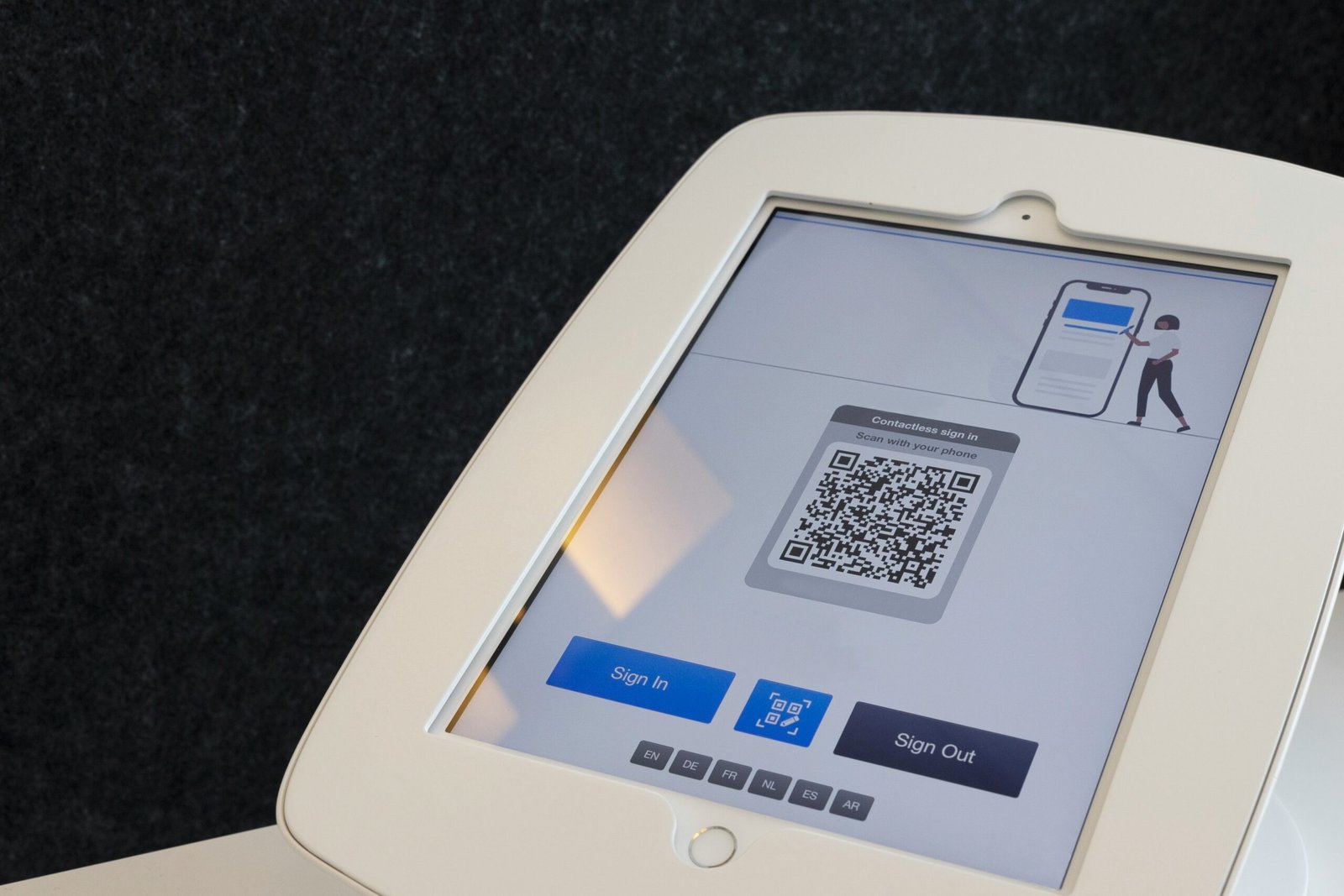
Step 3: How to Use a Cash Register to Process Sales
Here’s where you’ll spend most of your time—ringing up items and handling payments:
- Scan the product or manually input the SKU/price
- Confirm the item description and price on screen
- Apply discounts if applicable
- Tap “Subtotal” to display the total amount to the customer
- Ask for and input the payment method: cash, credit/debit card, or mobile wallet
- Provide the change if cash is used
- Print and offer the receipt
Practicing this flow is key to mastering how to use a cash register efficiently.
Step 4: How to Handle Refunds, Returns, and Voids
Even experienced employees sometimes make mistakes. Learning how to use a cash register includes knowing how to fix them:
- Use the “Void” function to cancel an item before payment
- Tap “Return” for after-sales refunds
- Scan the original receipt to confirm transaction history
- Follow store policies for return approvals or restocking
- Always reissue a revised receipt and update stock levels if connected to inventory management
Note: TCANG POS terminals can integrate with inventory systems, so any refund or return automatically updates stock data.
Step 5: How to Use a Cash Register to Manage Shifts and Reporting
At the end of the shift:
- Print your X/Z report showing total sales, payment breakdown, and returns
- Count the cash drawer and reconcile with the system’s expected cash amount
- Log out securely using your credentials
- Power down the system or switch users if there’s a shift change
This is a crucial habit for internal auditing and financial transparency.
Additional Tips for New Employees
- Practice using training mode (if available) before going live
- Always double-check high-value transactions
- If unsure, pause and ask a supervisor—customer trust depends on accuracy
- Keep the screen and scanner clean and unobstructed
- Learn keyboard shortcuts or touchscreen gestures to save time
Final Thoughts
Whether you’re working at a neighborhood café or a tech-forward retail chain, knowing how to use a cash register is the first step toward becoming a trusted member of the team. With modern devices like TCANG’s POS solutions, the process becomes faster, more flexible, and easier to learn. All it takes is a bit of practice and attention to detail—then you’re ready to deliver a seamless checkout experience, every time.

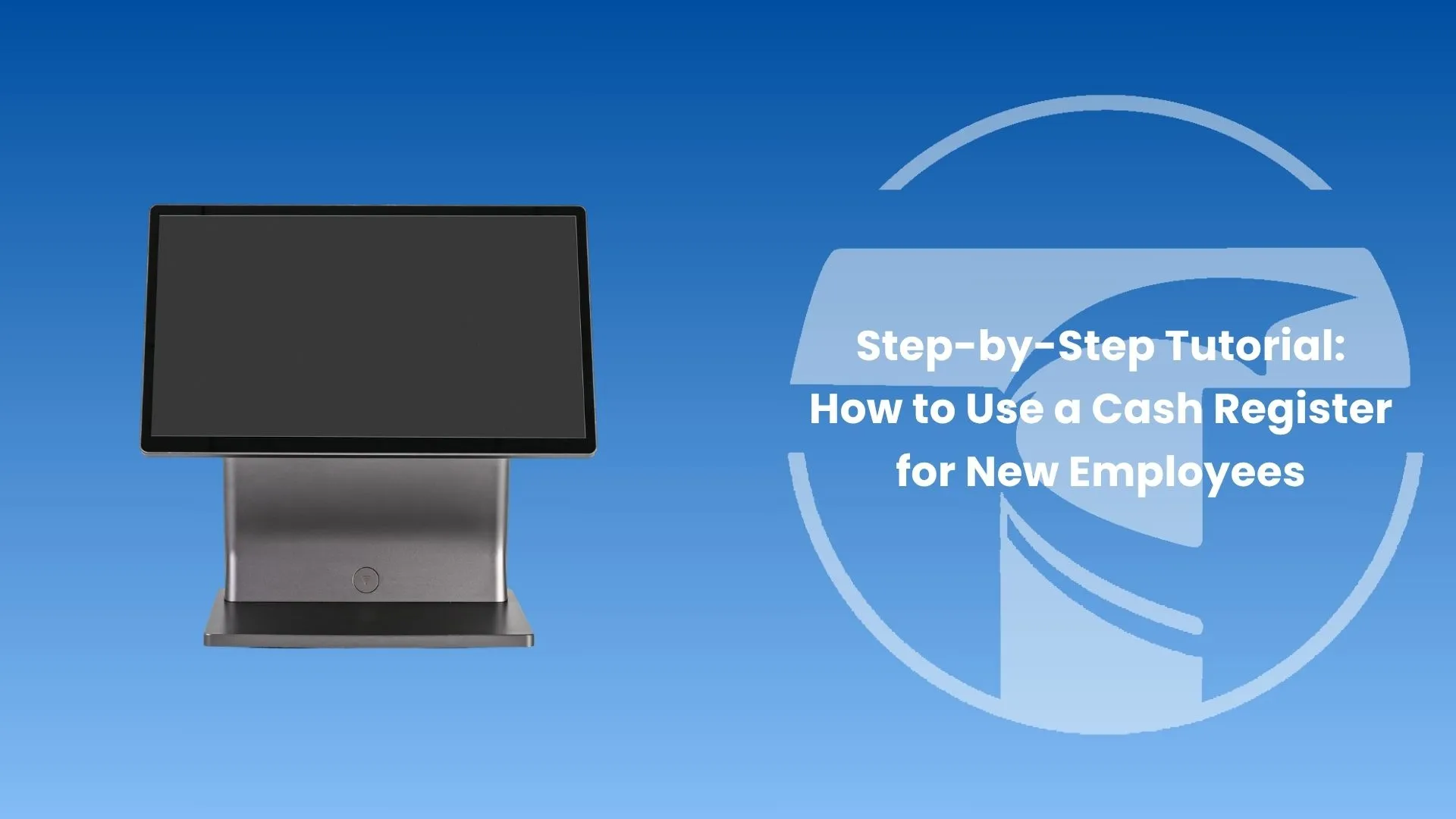
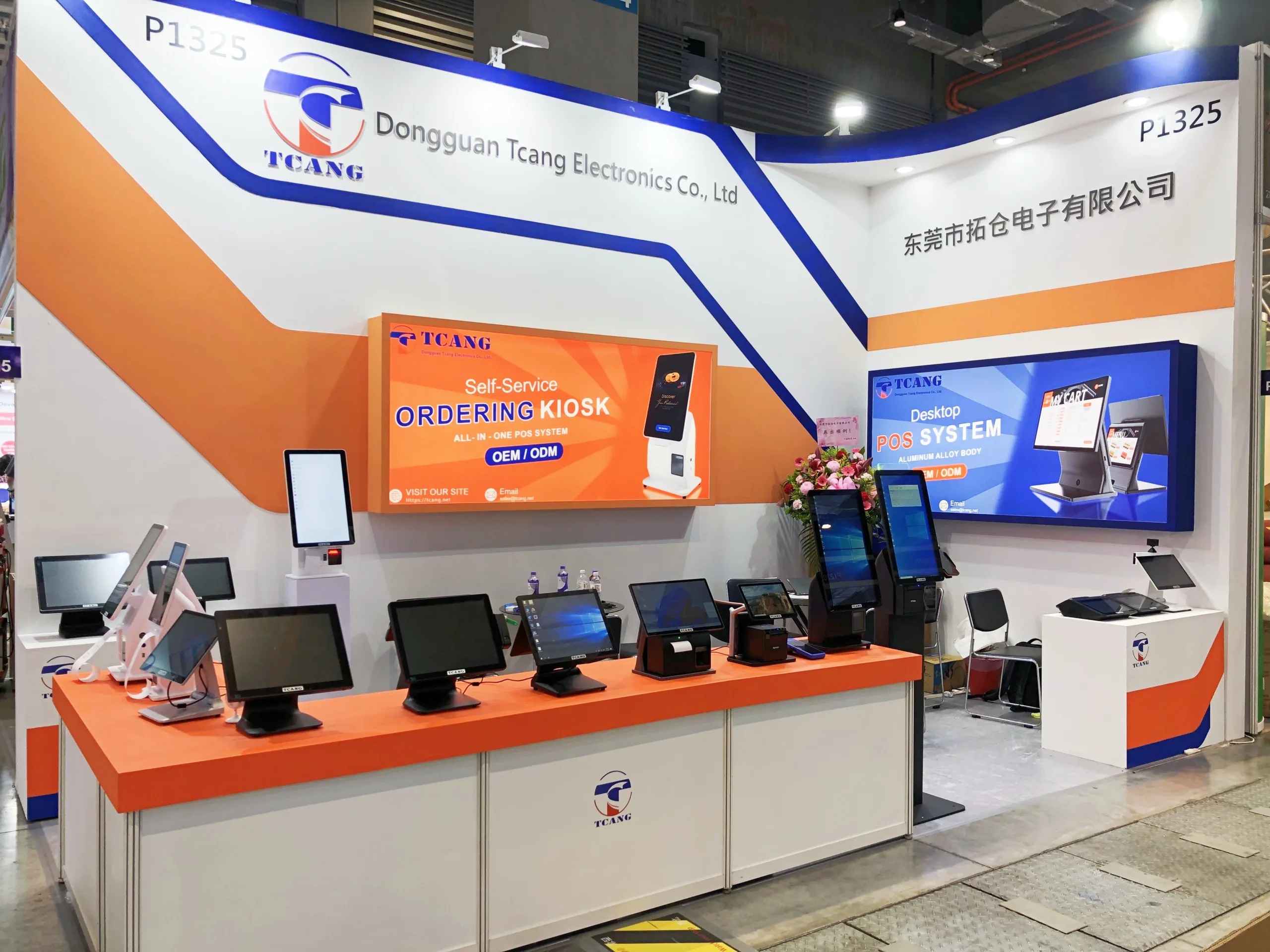


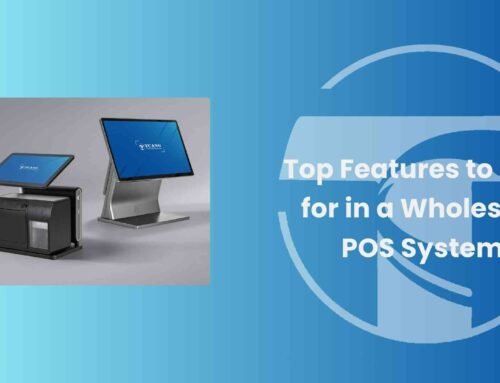
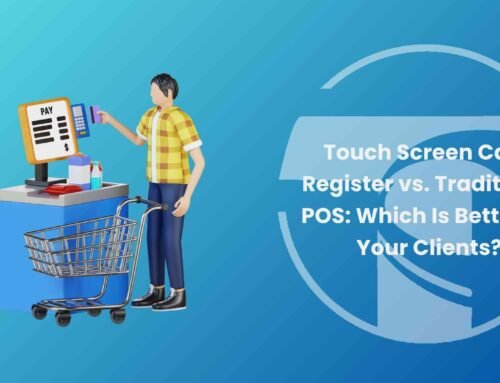

Leave A Comment